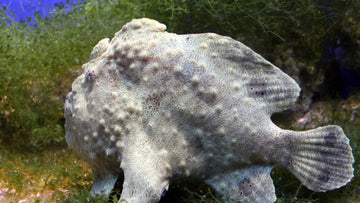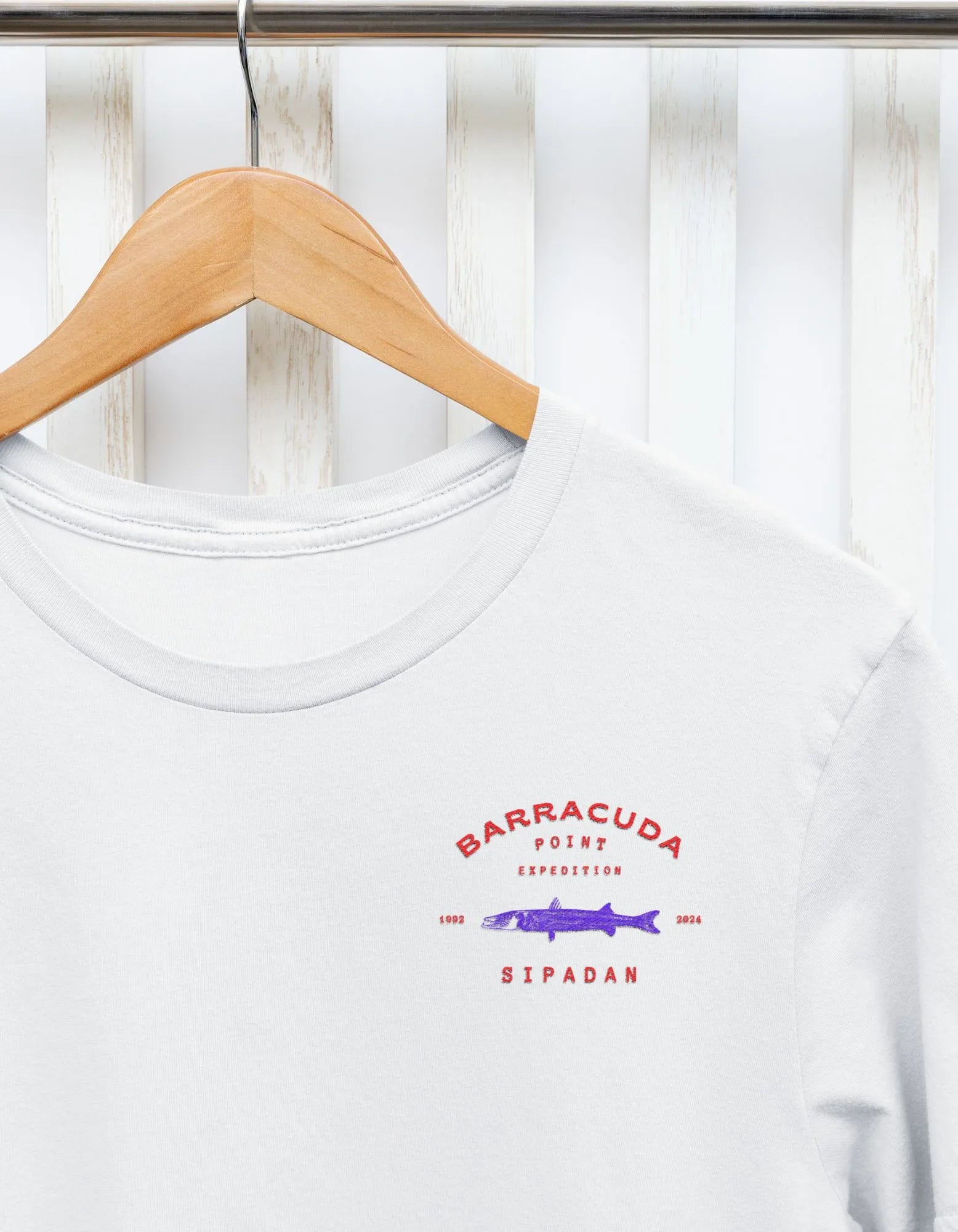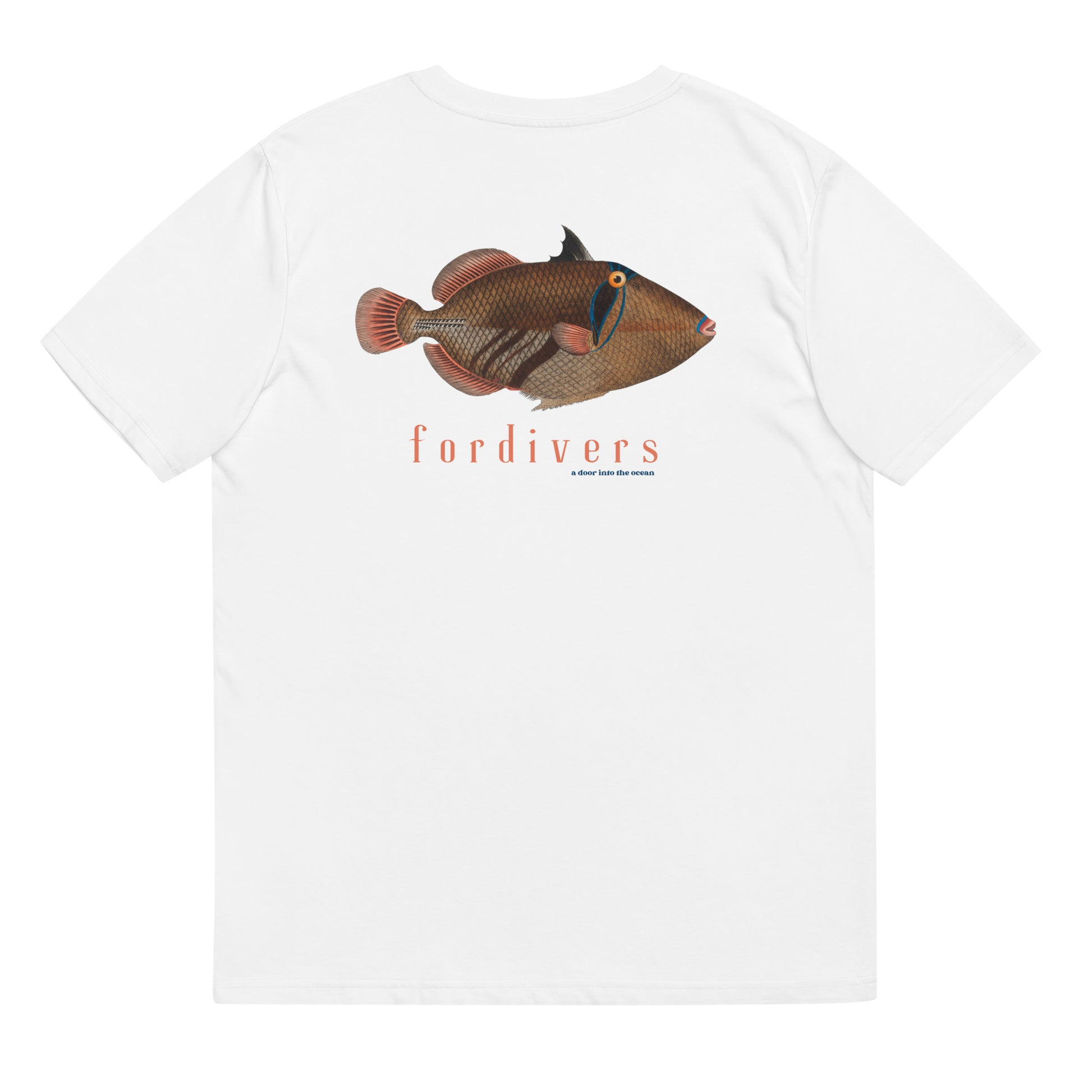You either hate them or you love them. There is no middle ground with frogfish. To some, they're fish that don't even look like fish. They are ugly, hairy, clumsy, slow, seem to be perpetually angry? And they are walking fish!
For those of us who adore them, they are wizards of camouflage, the fastest predators in the ocean, original, different, psychedelic..... And they move gracefully on the ocean floor with their little fins!
Frogfish, like them or not, are some of the most fascinating creatures in the ocean and for us divers, difficult to see and highly prized. We've seen them in the Red Sea, Indonesia, the Maldives and Australia, but I'm sure they've gone unnoticed in many other destinations. And no, we haven't dedicated a t-shirt to them yet. I don't know if any crazy person would wear a frogfish on their chest.
Here you see a series of 7 "different" frogfish, because they are difficult to see and because of their obvious rarity.
Psychedelic frogfish (Histiophryne psychedelica)
We have already talked about the psychedelic vibe of these fish, haven't we? Well, this is the one that, even for scientists who know the most about psychedelia and drugs, is the champion of the lysergic aspect. This frogfish is small (like most frogfish, when you see one you are amazed at how small they are) it grows to a maximum of 7-8 cm and we can find it on the island of Ambon, Indonesia. It is such a genius in the art of camouflage that it was discovered in 2008. Yes, until then no one had been able to distinguish it from a sponge or coral. A genius.
T-Shirts for Ocean Lovers
SEE MORE T-SHIRTS FOR OCEAN LOVERS
Psychedelic Frogfish from liquidguru
Watching the video, it's clear why it's called psychedelic, isn't it? Dizzying patterns, colorful orange, pink, dots and stripes on the body... a gem and Jimmy Hendrix's favorite.
Warty frogfish (Antennarius maculatus)

This frogdfish is slightly larger than our previous protagonist. It has a spectacular coloration, with lines running along its body and protrusions that, even when very conspicuous, can be perfectly camouflaged among the corals. We have seen this character in the Maldives, with the help of the divemaster and for its "big size", up to 15 cm. It can be found in very small areas in many areas of the Indian Ocean such as the Maldives, Mauritius, Philippines, Singapore, Indonesia or Papua New Guinea.
Hairy frogfish (Antennarius striatus)
Is there anything stranger than a hairy fish? Yes, a hairy frogfish. The Antennarius striatus has protrusions that are obviously not hair, but look like it and allow this frogfish to take the camouflage ability of the frogfish up a notch. This small fish is found in many parts of the Indo-Pacific, from the Red Sea through Indonesia to Australia.
Giant frogfish (Antennarius commerson)

The giant frogfish, also known as Commerson's frogfish, is indeed the largest of the frogfish. It has a bulbous body, warty skin, and an unparalleled ability to camouflage itself.
The peculiarity of this fish is that it has a skin almost identical to the sponges of its environment (from the Indian Ocean to the western Pacific) and vertical stripes that simulate the reflections of sunlight on the sea floor. Add to this its tiny eyes and even you will have a hard time seeing it on your dives.
Painted frogfish (Antennarius pictus)
We have included this frogfish in the most spectacular list because of its striking multicolored appearance with bright orange, pink and yellow spots on a black body. Perfect patterns for the rocky areas and sponge reefs where it often finds shelter.
The Painted frogfish is a rare and beautiful species found in many areas of the Indo-Pacific, from South Africa to Madagascar, through the Red Sea, the Maldives, Indonesia, Australia, Palau, the Philippines...

Painted frogfish with its "fishing rod" ready. Image by Giuseppe Mazza
Rough-Snouted Frogfish (Antennarius randalli)
Antennarius randalli is the smallest of the frogfishes and virtually impossible to spot. So much so that it was not discovered and cataloged until 1970. It has a variety of colors, spots and protrusions of different colors that make it virtually invisible to most marine life unless you make a mistake and go for a walk on a sandy bottom like the one in the photo.

Yes, that's how small it is
You can see it, if you have very good eyesight, in the waters off the Philippines, Indonesia and Papua New Guinea.























